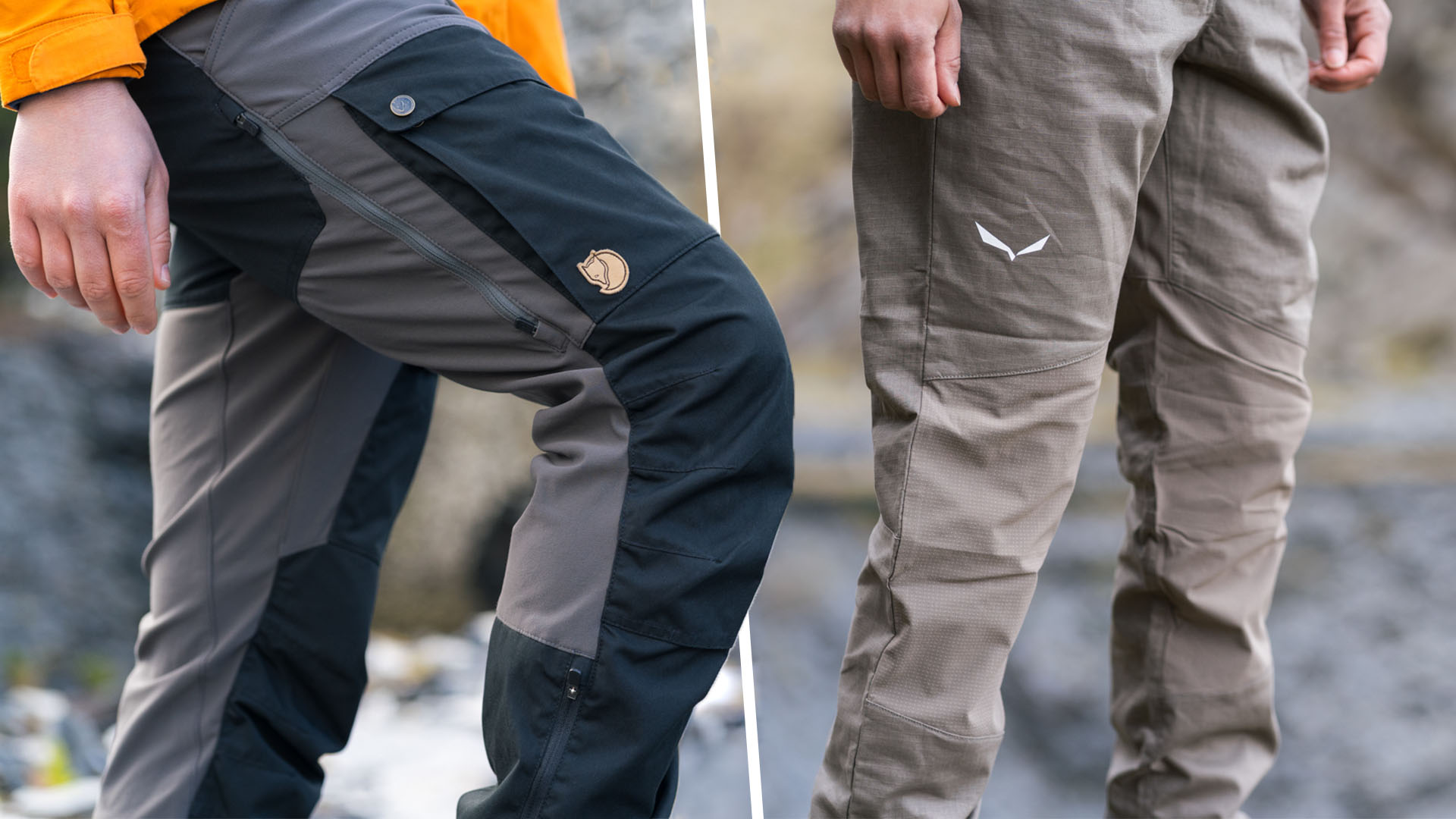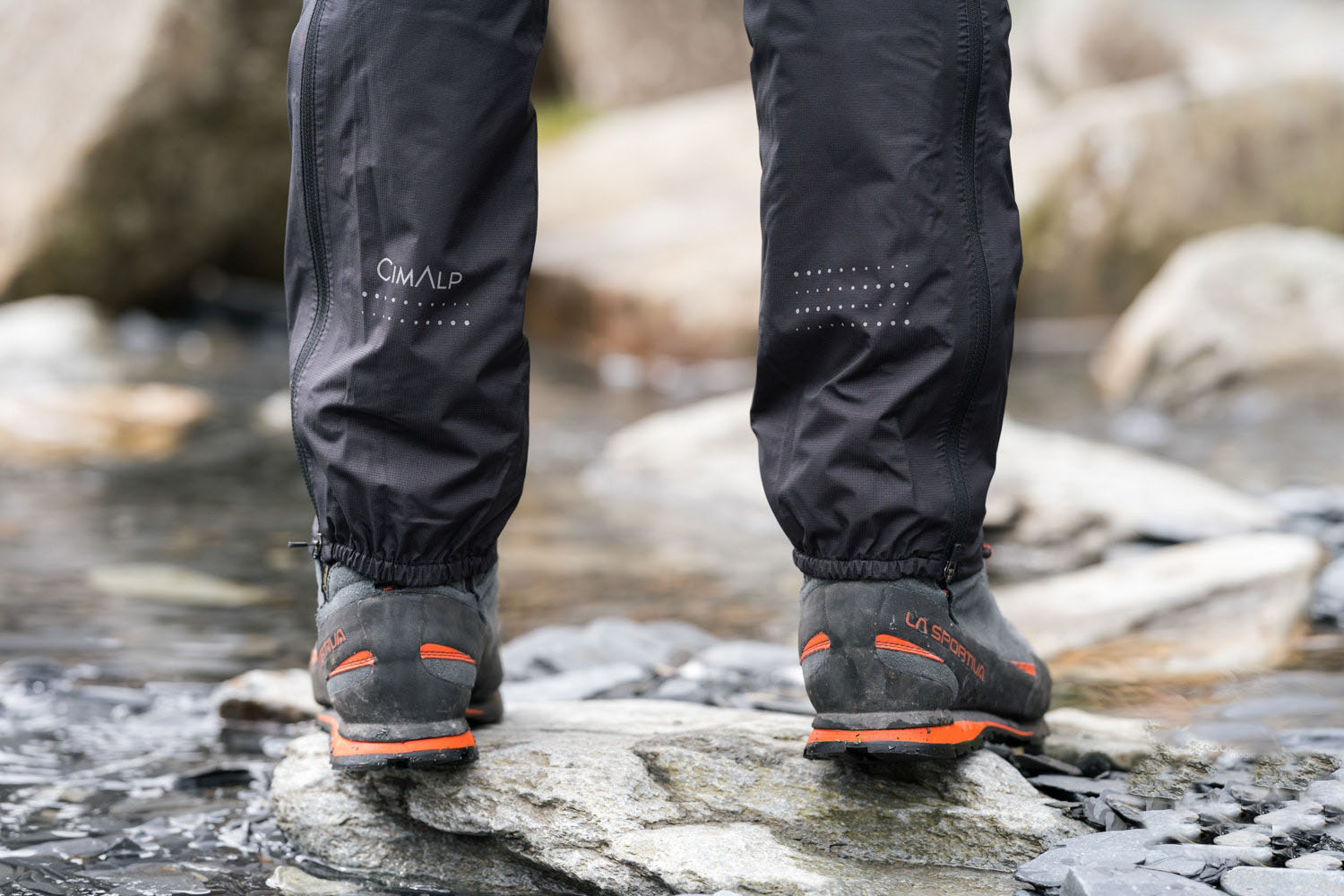
How to Repair a Cut in Waterproof Clothing the Captain Paranoia Way
Yes, it’s that time of year again, when the winter gear comes out, and you are reminded of the crampon tears and ski cuts that you never repaired at the end of last season. So it’s time to get the repair kit out, and get ready for the snowy season.
The method I’ve used for more than ten years, and have passed on to many other people who have also used it successfully, is to use iron-on seam seal tape. This is very similar to the seam seal tape used by manufacturers when making waterproof clothing. The advantages of it over other methods are are that is cheap, relatively easy to apply, seals the edges of the cut, and seems to last well.
The seam seal tape can be bought for less than £1 per metre from Pennine Outdoor or Point North, which should be enough for quite a few repairs. The 3-layer, reinforced variety is preferable and adds strength to the repair.















 I’ve already put the paper in the hole, and aligned it. All that’s needed is to insert and align the tape. Again, the tailor’s pencil can come in handy; in this case, draw a couple of dots in the centre of the tape, slightly inside the ends of the cut. You can use these to align the patch relative to the cut.
I’ve already put the paper in the hole, and aligned it. All that’s needed is to insert and align the tape. Again, the tailor’s pencil can come in handy; in this case, draw a couple of dots in the centre of the tape, slightly inside the ends of the cut. You can use these to align the patch relative to the cut.



